I'm trying to understand clock-reset in a chip. In a design what criteria are used to decide whether a flop should be assigned to a value (typically to zero) during reset?
always_ff @(posedge clk or negedge reset) begin : process_w_reset
if(~reset) begin
flop1 <= '0;
....
end else begin
if (condition) begin
flop1 <= something ;
....
end
end
end
always_ff @(posedge clk) begin : process_wo_reset
if (condition) begin
flop1 <= something ;
....
end
end
Is it a bad practice to not to reset a flop which is used later as a control signal in a comb logic? What if the design makes sure that the flop will have a valid value (0 or 1) assigned to it before its used in a comb logic block (i.e. in a if statement or in FSM comb logic) ?
I feel like it's better to always reset all the flops in the design. In that way there won't be any Xs after reset in the chip. However, it seems like for datapath logic, resetting flop might need not be a big deal as it'll be just pipe stages. However if a flop is in control path (i.e. FSM next state comb logic) then it should be reset to a default value. Is my understanding correct? I don't know much about DFT and not sure if it has any other implication.
